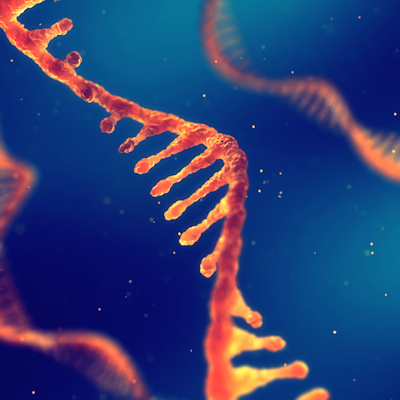October 14, 2022 -- St. Jude Children’s Research Hospital scientists added another piece to the Alzheimer’s puzzle by creating a mouse model that closely resembles the disease in humans.
Their findings, published October 12 in the journal Nature Aging, link RNA splicing defects to neuron hyperexcitability, which causes degeneration.
Although Alzheimer's disease is well-studied, treatment remains elusive. The St. Jude team investigated RNA splicing -- a process that removes noncoding genetic sequences and joins protein-coding sequences together. Previous work showed that one component of the RNA splicing machinery -- the U1 small nuclear ribonucleoprotein (U1 snRNP) -- creates aggregates in Alzheimer's patients' brains. The researchers created a new mouse model and observed basic neurodegeneration when U1 snRNP dysfunction caused RNA splicing defects.
Inhibitory neuron activity prevents the brain from getting overexcited, which can cause toxicity. The researchers found significant impacts upon the synaptic proteins involved in inhibitory neuron activity in the mouse model. They believe RNA splicing machinery contributes to the excitatory toxicity seen in Alzheimer's patients.
The presence of β-amyloid and tau aggregates in the brain are hallmarks of Alzheimer's disease. To understand how the RNA splicing defects behave in the context of β-amyloid aggregation, the researchers crossed their mouse model with one for β-amyloid. Together, the two defects remodel the brain's transcriptome and proteome, deregulate synaptic proteins, and accelerate cognitive decline. The researchers believe the crossed mouse model may open new avenues of research for Alzheimer's treatment.
"From the initial behavior to the cell biology and now to the molecular mechanism, we've characterized the potential contribution of RNA splicing machinery to neuron excitatory toxicity in Alzheimer's disease," co-author Junmin Peng, PhD, of St. Jude, said in a statement. "This model demonstrates splicing dysfunction that causes neuronal toxicity as well as cognitive impairment."
Copyright © 2022 scienceboard.net










